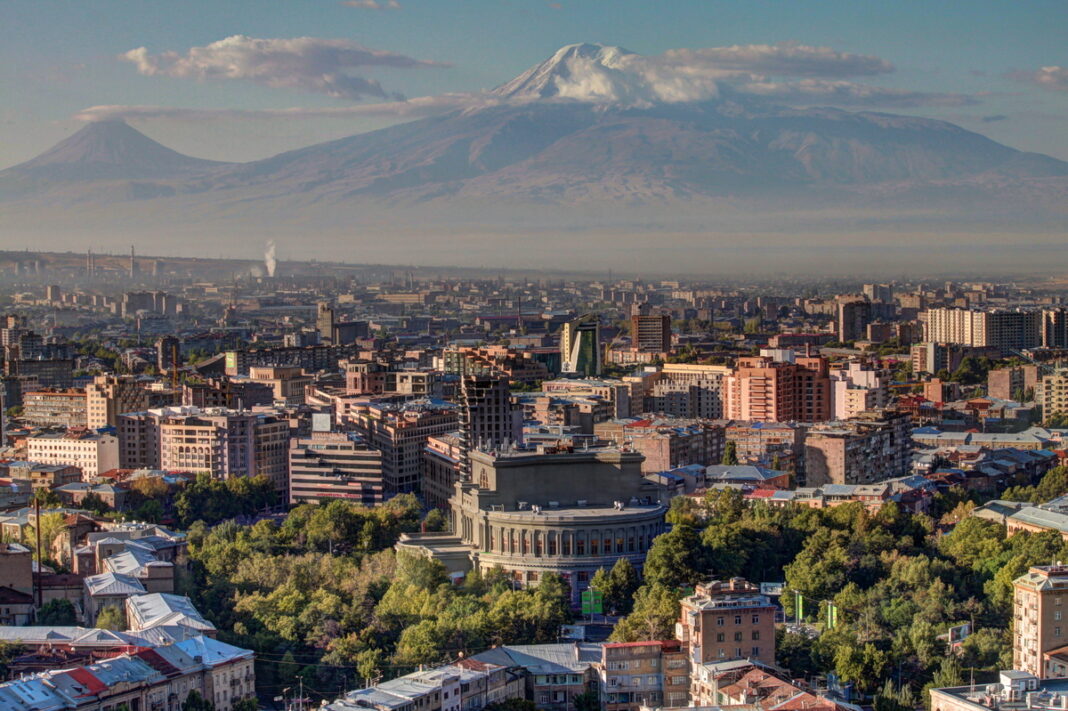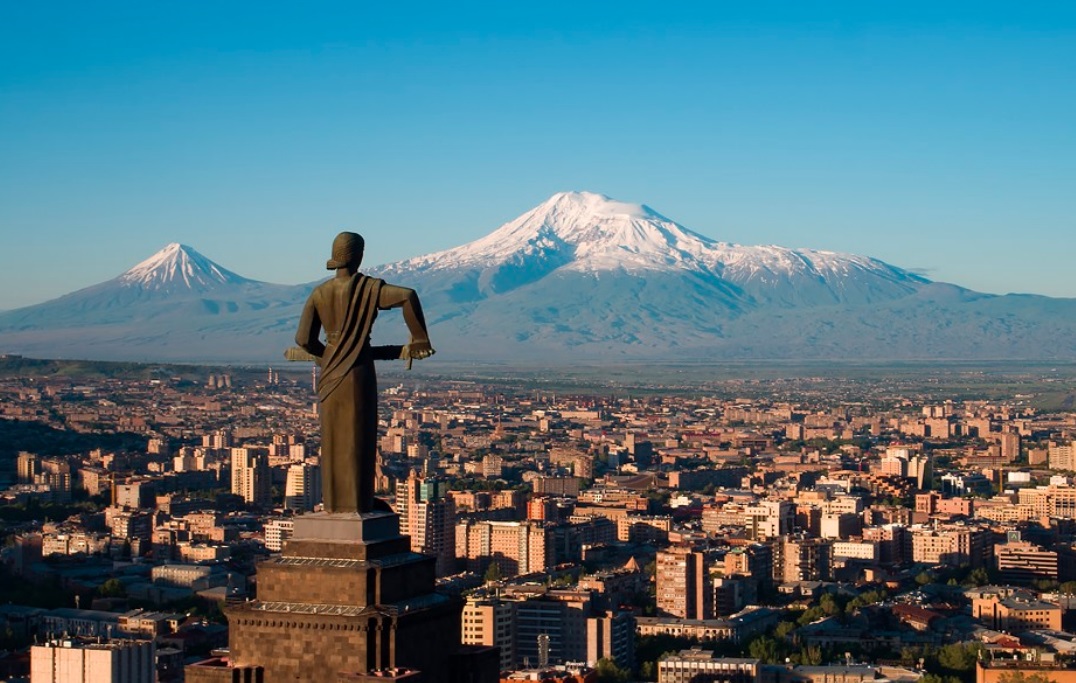
Economic growth in Armenia in 2024
Armenia’s Finance Minister, Vahe Hovhannisyan, stated during a government session that the 2025 budget forecasts a 5.6% economic growth. The government had initially targeted a 7% growth rate for 2024. However, by the end of August, the finance minister revised the estimate, expecting the year to close with a 6% growth.
Economist Armen Ktoyan, while cautious about making definitive predictions for the year’s end, remains more optimistic, despite the “high level of uncertainty.”
“Shock factors can disappear just as suddenly as they appear. However, I believe economic activity will remain within the range of 7-8% by the end of the year,” Ktoyan said.
He identifies these “shock factors” as developments in certain sectors of Armenia’s economy influenced by the ongoing Russia-Ukraine war and re-exports from Armenia due to sanctions against Russia.
- Tax revenues in Armenia decline: Reasons and future expectations
- Fitch has maintained Armenia’s economic rating among countries with a “stable outlook”
- Armenia-Russia Trade: Benefits and Risks of Sanctions
Comment from economist Armen Ktoyan
Five to seven percent growth due to existing potential
Armen Ktoyan believes that the current economic growth rate of 5-7% is a reflection of Armenia’s inherent potential. “At the moment, we can view this level of growth as being driven by the country’s existing potential. Any growth exceeding this is a result of additional shock factors—external influences not typically associated with our economy’s internal processes. Therefore, such growth is unlikely to be sustained long-term,” he explains.
He emphasizes that the current economic growth is slightly above the country’s internal potential.
According to Ktoyan, the economic activity indicator is generally higher than the GDP growth rate. In Armenia, this activity has recently decreased from 11% to 9%. However, he views this not as a decline, but as a “reduction in shock impacts, bringing growth closer to normal levels.”
Positive impact of external shocks still persists
Ktoyan is confident that the positive influence of external factors is still present and will continue for some time. He says that certain sectors of economic activity are still being impacted by the ongoing war in Ukraine. These sectors play a significant role in the overall economic activity index:
“That said, it’s not accurate to claim that without these external factors, the economy would be in decline or facing negative developments.”
He highlights sectors that are driving significant growth, citing construction as an example, where a large portion of projects are funded by the state. In the first eight months of this year, the construction sector saw a growth rate of 16.2%.
Foreign trade turnover increased by over 70%
According to Armen Ktoyan, Armenia’s foreign trade turnover showed significant growth over the first eight months of 2024. The volume of foreign trade increased by 70.9% compared to the same period in 2023. “Exports doubled, increasing by 2.1 times, and imports rose by 86.8%. Overall, trade turnover grew by 20.4%, reflecting the economic realities of the past few years,” Ktoyan explained.
The economist attributed this sharp increase in foreign trade mainly to the import of Russian gold and precious stones, noting that this is not a natural development. He clarified that the 20% growth in trade turnover is largely due to wholesale trade.
Uncertainty around the duration of the opportunity window
Ktoyan pointed out that re-exports, which became a significant factor during the Russia-Ukraine war, are exerting a strong “shock” influence on Armenia’s economy. He believes that sanctions against Russia will likely remain in place for a long time, continuing to provide Armenia with a “window of opportunity” in terms of trade. However, Ktoyan emphasized the uncertainty surrounding how long this window will remain open.
“This situation primarily offers formal improvements to Armenia’s economic indicators. It doesn’t generate significant added value or substantially affect tax revenues. While we see inflows, outflows, and growing trade turnover, their impact in terms of added value or long-term results within Armenia is limited,” he elaborated.


